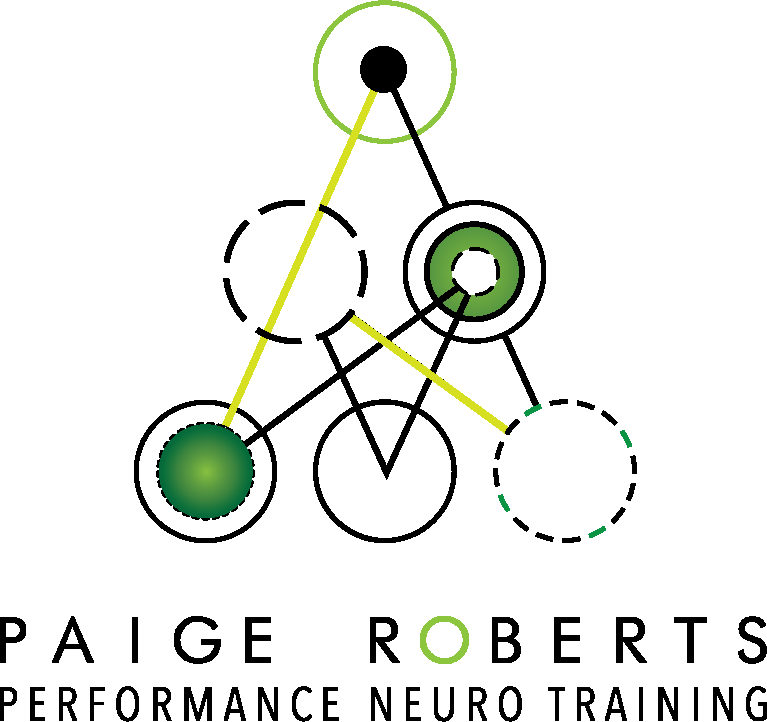Psychology, Kinesiology, Physiology, Neuroscience & Quantum Physics
“Small shifts in your thinking, and small changes in your energy, can lead to massive alterations of your end result.”
~

What is Alpha Imprinting?
- An altered state of consciousness trauma and stressor reprocessing and reimprinting sports psychotherapeutic technique.
- Has aspects of Kinesiology, Physiology and the Psychotherapeutic Techniques of; Hypnotherapy, Emotional Freedom Technique (EFT) Tapping, EFT Matrix Reimprinting, Eye Movement Desensitization and Reprocessing (EMDR), Brainspotting, Somatic Experiencing, Breath Work, Sound Healing Binaural Frequency Medicine and Neuro Linguistic Programming.
- Can assist you in fully reprocessing past negative mental and physical experiences so you are no longer being held back from your past hurts and pains.
- Allows for you to reset your nervous system from a Beta Brain Wave or sympathetic nervous system state (fight, flight and freeze) to a calmer more parasympathetic nervous system state of an Alpha Brain Wave of flow state.
- Trains you to get into flow and stay there on command.

Alpha Imprinting Process
-
Alpha Imprinting Expands Athletic Performance In 3 Easy Steps
1. De-conditioning Unconscious Maladaptive Neuro Pathways muscle guarding or torsion o the dura mater that may be happening without realizing it. Any athlete striving to be their best can benefit from this. The more neuro pathways available, the better for anyone striving to excel. It will allow an athlete to reach more of their potential.
2. Clearing Worst Case Scenarios/“What Ifs” from Causing an Unconscious Self-Preservation and Protective Unconscious Reaction-Actions. With upcoming events, such as games, meets or competitions, an athlete may have thoughts about the worst that could happen: “What if I freeze? What if my legs are too tired? or “what if I can’t make my free throws?” Sometimes the athlete is well aware of this happening internally. Other times, the athlete is not aware of the thoughts so much as they might be aware of feeling tense or restless or dread. In either event, clearing out the cortisol/stress reaction these thoughts can cause, and possibly any re-triggering of unconscious negative events they can cause, can be very helpful in keeping the athlete relaxed and loose before and during a competition. This might make the difference between playing and being benched.
3. Imprint and condition in a Neuro-Physiological Cue for being “In the Zone” or Alpha brain wave state. Allows the athlete to be relaxed, calm and focused before and during the performance, which is crucial to success in any sport. In addition, the athlete can connect with the “In the Zone” feeling, improving fluidity and confidence.

